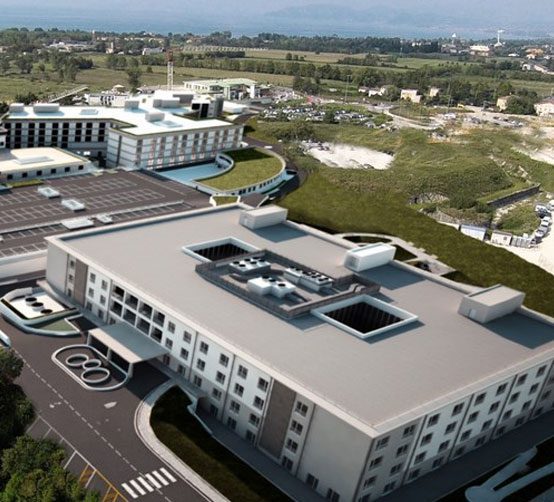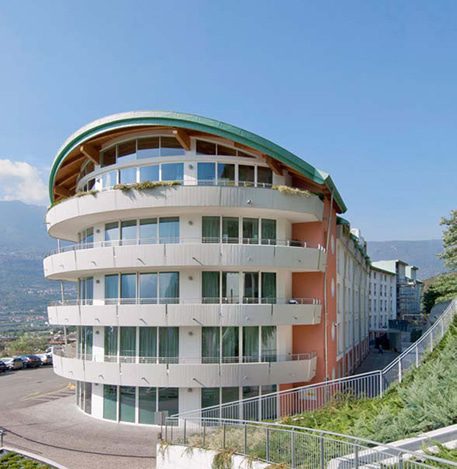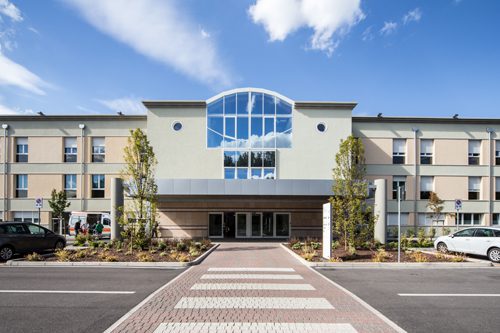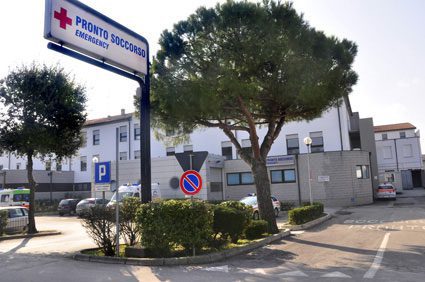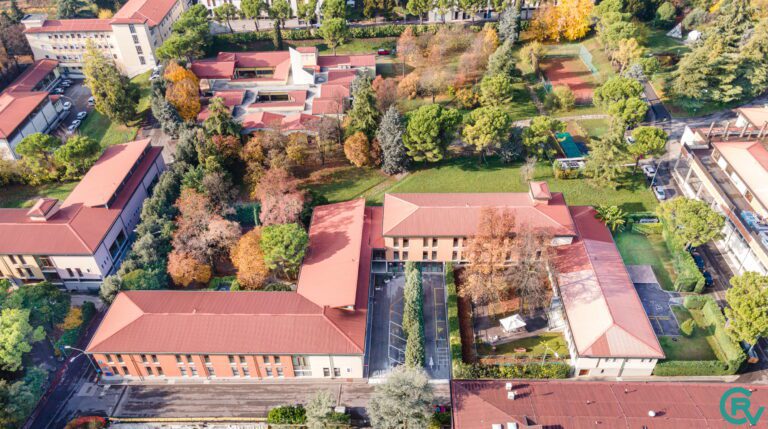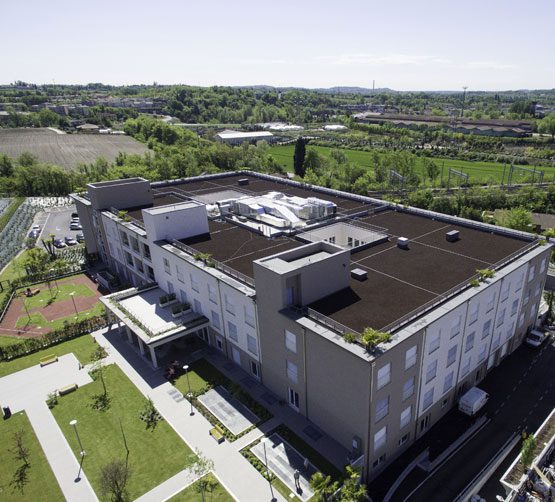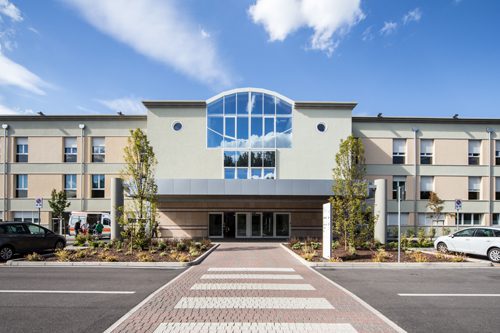On 7 November 2025, in Padua, the Casa di Cura Città di Rovigo will host an event of great importance for the medical and rehabilitation world: the Triveneto Congress of Neuro-rehabilitation, dedicated to the theme ‘Myelopathies: the diagnostic, therapeutic and rehabilitative path of spinal damage’.
The event represents an important opportunity for health professionals, specialists in neurology, physiatry, orthopaedics, physiotherapy and all those involved in the care of patients with spinal cord injury to update their knowledge and exchange ideas.
Thanks to presentations, clinical cases and in-depth sessions, the congress will offer a comprehensive overview of the latest scientific evidence, therapeutic innovations and the most effective rehabilitation strategies for improving the quality of life of patients with myelopathies.
Scientific Program:
The term myelopathies generically refers to a spectrum of diseases that affect the spinal cord, causing varying degrees of disability, often very severe, and compromising the quality of life of the affected person and their family members/caregivers. The health and social costs of spinal damage are extremely high.
In the field of acquired myelopathies, we recognise various aetiologies: inflammatory (multiple sclerosis), the spectrum of diseases associated with anti-aquaporin-4 antibodies (NMO-SD) and those associated with anti-MOG antibodies (MOGAD), myelitis associated with systemic autoimmune, parainfectious and paraneoplastic diseases, vascular (medullary ischaemia and haemorrhage), traumatic (vertebral dislocations), compressive (spinal canal stenosis, disc compression), tumour (gliomas, ependymomas, meningiomas), deficiency (severe vitamin B12 deficiency), infectious (polio, West Nile virus, SARS-CoV-2, etc.).
Although acute and subacute/chronic forms are recognised from an evolutionary point of view, the aetiological diagnosis of spinal damage, which is often not straightforward, must be timely, as must drug therapy (specific and symptomatic) and rehabilitation, on which the disabling outcomes largely depend. These outcomes may result not only from impaired motor performance (which can range from mild paraparesis to severe quadriplegia), but also from painful and paroxysmal sensory symptoms, impaired balance, bladder and bowel sphincter disorders, and genital/sexual disorders. People with spinal cord injury often present a complex challenge for correct and effective symptomatic therapy. Furthermore, the psychological and cognitive repercussions of severe motor disability caused by spinal cord injury should not be underestimated.
The conference aims to take stock of current knowledge in the field of diagnosis, treatment and, in particular, rehabilitation of myelopathies. The radiological and neurophysiopathological aspects of spinal cord injury, the latest advances in disease-modifying treatment of inflammatory myelopathies and the rationale behind the rehabilitation approach will be discussed.
In particular, rehabilitation pathways for people with severe spinal cord injury will be discussed, as well as how robotics and new methodologies derived from the application of artificial intelligence and digitalisation will, in the near future, help neurorehabilitation specialists to design increasingly personalised and effective therapeutic pathways.

